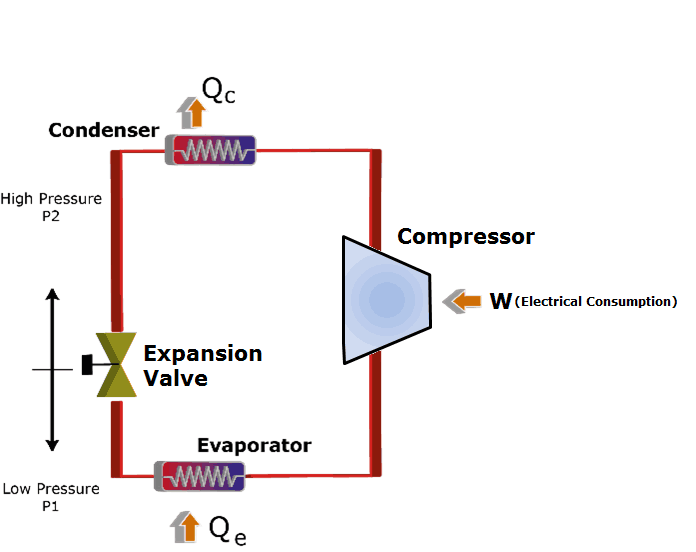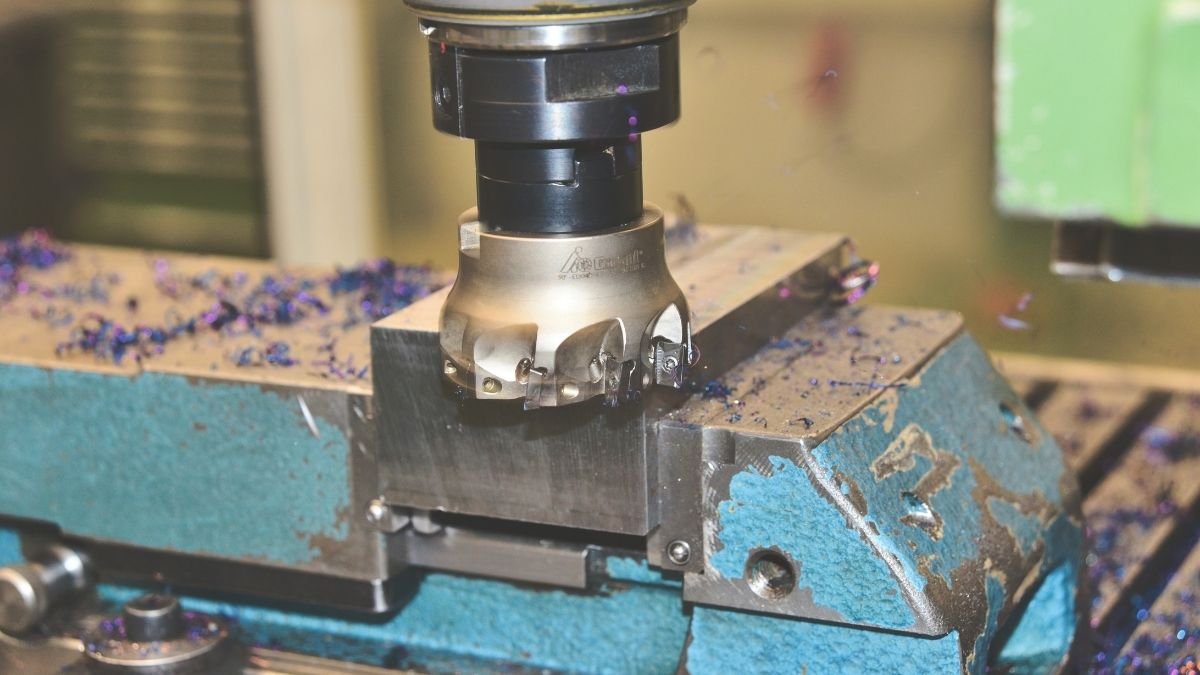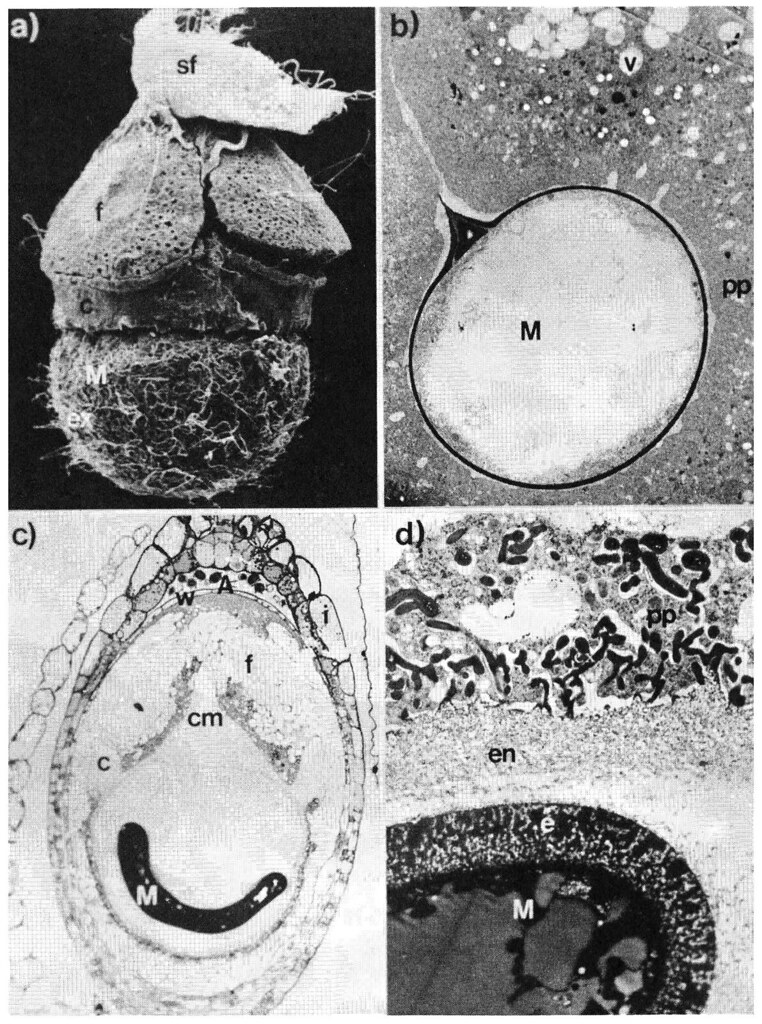Table of Contents
Definition of Megasporogenesis:
Megasporogenesis is defined as “The process of meiosis that occurs in the ovule of plants to produce megaspores”. The development of the megaspore within the ovule is essential for reproduction in angiosperms.
The megaspore will eventually give rise to the female gametophyte, which will produce female gametes. The process of megasporogenesis begins with the formation of an initial cell within the ovule.
This cell will undergo meiosis, a type of cell division that reduces the number of chromosomes in the cell. During meiosis, the initial cell will divide into four daughter cells.
These four cells are known as megaspores. Each of the four megaspores will then undergo further division, a process known as megagametogenesis. This will result in the formation of eight haploid cells, or “gametes”.
These gametes will then serve as the foundation for the female gametophyte, which will produce the female gametes needed for fertilization. The process of megasporogenesis is essential for the reproduction of most angiosperms, as it is the only way to obtain the female gametes necessary for fertilization.
Without megasporogenesis, the female gametophyte would not form and reproduction would not occur. Thus, megasporogenesis is crucial for the continuation of the species.
Processes Involved in Megasporogenesis:
Megasporogenesis is the process in which megaspores are produced in the ovules of seed plants. It involves the production of four megaspores from a single megasporocyte, which is a diploid cell, through a process known as meiosis.
The megaspore, in turn, will develop into a female gametophyte and eventually into an embryo sac. The process of megasporogenesis starts with the development of a diploid megasporocyte, which is a cell located within the ovule.
This cell undergoes meiosis to form four haploid megaspores. The megaspores are then located on the outer surface of the ovule and are surrounded by a layer of cells known as the nucellar layer.
The next step is the growth of the megaspores, which involves the enlargement of the cell wall and the formation of new organelles. The megaspores then divide by mitosis, forming two haploid cells.
The cell walls of the two cells then break down and the cells fuse together to form a primary female gametophyte. The primary female gametophyte is then able to undergo further development and eventually form an embryo sac.
This embryo sac contains several cells, including the egg and the central cell, which are involved in the fertilization process. Megasporogenesis is an important process in the life cycle of a seed plant, as it is responsible for the production of viable gametes and the development of the embryo sac.
This process is critical for the sexual reproduction of seed plants, as it is necessary for the formation of a mature embryo, which will eventually develop into a seed.

The Steps of Megasporogenesis:
Megasporogenesis is the process by which megaspores are formed from a megasporocyte ( sometimes called a megaspore mother cell). Megasporogenesis is a critical step in the formation of female gametophytes in seed plants.
Step 1: Meiosis The first step in megasporogenesis is meiosis. During meiosis, the diploid megasporocyte undergoes a series of divisions that result in the production of four haploid megaspores. This process is identical to the meiosis process seen in the formation of sperm and egg cells.
Step 2: Cell Division After meiosis has been completed, the four haploid megaspores undergo cell division. This process results in the formation of eight cells.
Step 3: Wall Formation The next step in the process is the formation of a wall around the newly formed cells. This wall will prevent the cells from fusing together and will also provide structural support to the cells.
Step 4: Megaspore Envelope Once the wall has been formed, the cells are surrounded by an envelope. This envelope helps to protect the cells from the environment and provides an additional layer of protection from outside influences.
Step 5: Megaspore Formation The final step in megasporogenesis is the formation of the megaspore. During this step, the envelope is removed and the cells begin to divide and grow.
The cells eventually form a single megaspore, which will eventually develop into a female gametophyte. Megasporogenesis is an important part of the process of creating female gametophytes in seed plants.
By understanding the steps of this process, we can better understand how plants reproduce.
Megasporocyte Formation:
Megasporocytes are cells that form the female gametophyte of seed-producing plants. They are formed within the ovule of a plant, which is the structure that will eventually develop into a seed after fertilization.
Megasporocytes are the result of meiosis, a process by which a single cell divides into four daughter cells, each with half the number of chromosomes as the original cell.
At the start of the meiosis process, a diploid cell (a cell with two sets of chromosomes) called a megaspore mother cell will form. This cell contains all the genetic information needed to create new gametes. The megaspore mother cell will then undergo meiosis, producing four haploid megasporocytes.
Each of these cells will contain half the genetic information of the original megaspore mother cell. Once the four megasporocytes are formed, they undergo a process of stratification.
This is the process by which two of the four megasporocytes will become larger and develop into the egg cell and the other two will shrink and degenerate. The egg cell will then be the cell that will be fertilized by the male gamete, and will eventually develop into the seed.
The formation of megasporocytes is essential for the reproduction of seed-producing plants and is the first step in the formation of a new plant. Without megasporocytes, the process of fertilization and seed formation would not be possible.
Megaspore Mother Cell Development:
The megaspore mother cell (MMC) development is a process that occurs in the female gametophyte of seeds. It is the first step in the process of creating a mature and functional egg cell.
During MMC development, a diploid cell undergoes meiosis and produces four haploid megaspores, each of which will go on to form a functional egg cell.
The first step in MMC development is the formation of a diploid MMC. This occurs as a result of a double fertilization event, in which two sperm cells fuse with the egg cell and the central cell.
The resulting zygote is diploid and undergoes several rounds of mitotic divisions to produce the MMC. Once the MMC is formed, it undergoes meiosis. During meiosis, the chromosomes of the MMC pair up and homologous recombination occurs.
This process results in the formation of four haploid daughter cells, known as megaspores. The four megaspores are then released into the surrounding environment.
Three of the megaspores will degenerate and die, while the remaining one will go on to develop into a functional egg cell. This process is known as metagameogenesis. During megagametogenesis, the megaspore undergoes mitotic divisions to produce a multicellular haploid egg.
The egg then undergoes further maturation to become a fully functional egg cell, capable of being fertilized by a sperm cell. The megaspore mother cell development is a crucial step in the process of sexual reproduction in plants.
Without this process, the egg cell would not be able to develop into a mature and functional egg cell, and thus fertilization would not be possible. This process is essential for the successful reproduction of plants.
Megaspore Mother Cell Division:
Megaspore mother cell division is a process in which a single cell divides into four haploid cells. This process is found in some algae, mosses, and liverworts. In this process, the megaspore mother cell undergoes meiosis, which is a type of cell division that reduces the number of chromosomes in the cell by half.
The megaspore mother cell is first stimulated by environmental cues to divide. It then undergoes meiosis, a type of cell division in which the chromosomes are divided and the number of chromosomes is reduced by half.
This process produces four haploid cells, which are now ready to undergo mitosis and develop into a mature plant. During mitosis, the four haploid cells divide further to form eight cells, with each cell having the same number of chromosomes as the parent cell.
These cells mature and differentiate into different types of cells. For example, one of the cells may become a root cell, another may become an embryo cell, and the other cells may become the cells that will form the plant’s organs.
Once the cells have differentiated, the plant is now ready to begin its life cycle. The cells will continue to divide and grow until the plant is fully grown.
This process of megaspore mother cell division is important for the reproduction of certain plants and is essential for the survival of the species.
Megaspore Formation:
Megaspore formation is a process that occurs in the life cycle of some plants. It is the formation of a large spore, known as a megaspore, which serves as the female gamete in the sexual reproduction of the plant.
The process is initiated by the meiosis of diploid cells in the sporangium, which results in four haploid megaspores. Of these four megaspores, three will degenerate and one will develop into a mature female gamete.
The megaspore formation process is initiated by the formation of a megasporangium, which is a specialized structure in the sporophyte of a plant.
This structure is composed of four megasporocytes, which are diploid cells that undergo meiosis. During meiosis, the four megasporocytes divide into eight haploid cells, of which four are megaspores.
The four megaspores then undergo a process of differentiation, in which three of the megaspores will degenerate and one will develop into a mature female gamete.
The mature female gamete is known as a megagametophyte and contains the haploid egg cell. The megaspore formation process is important for sexual reproduction in plants.
It enables the transfer of genetic material from one generation to the next, allowing for the evolution of new traits and genetic variation.
Megaspore formation also plays a role in the fertilization of plants, as the egg cell produced by the megaspore is necessary for the production of pollen, which is necessary for the fertilization of the female gametophyte.
Megagametogenesis:
Megagametogenesis is the process by which a mature female gamete (egg cell) is formed in a female reproductive system. It is a type of gametogenesis and involves the division and growth of a female germ cell into an egg cell.
Megagametogenesis is a complex process that involves several different steps and processes. The first step in megagametogenesis is the development of a female germ cell from the primordial or primary germ cells of the ovary.
This occurs in the ovarian follicle and is known as oogenesis. During this process, the primary germ cells divide and differentiate into the two main types of egg cells:
The primary and Secondary oocytes.
The primary oocyte is the largest of the two and contains a haploid number of chromosomes. The secondary oocyte is smaller and contains half the number of chromosomes as the primary oocyte.
Once the primary and secondary oocytes are formed, the secondary oocyte undergoes a process known as meiosis. During meiosis, the secondary oocyte divides into four haploid cells, each containing half the number of chromosomes as the original oocyte.
This process is referred to as meiotic division. Once the meiotic division is complete, the primary oocyte enters a process known as maturation. During this process, the primary oocyte develops into a mature female gamete.
This process involves the formation of proteins, lipids, and other components necessary for a healthy egg. After maturation is complete, the egg cell is ready to be fertilized by a male gamete.
Megagametogenesis is an important part of the female reproductive cycle. Without the formation of mature egg cells, conception, and fertilization are impossible.
Megagametogenesis is also necessary for the production of healthy offspring. The quality and quantity of egg cells produced during megagametogenesis will determine the health of the offspring.
Factors Affecting Megasporogenesis:
Megasporogenesis is the process by which megaspores are formed in the ovule. It is the first step in the formation of the female gametophyte, which is essential for fertilization and the formation of seeds.
Various factors can affect the process of megasporogenesis, such as environment, temperature, genetics, and nutrition.
Environmental factors: The environment plays a major role in megasporogenesis. Environmental conditions, such as temperature, humidity, and light intensity, can affect the development of the megaspore mother cell.
Temperature is particularly important, as it determines the rate of megasporogenesis. High temperatures can accelerate the process, while low temperatures can slow it down. Genetics: The genetic makeup of the plant can also affect megasporogenesis.
For example, some plants tend to form megaspores more than others. This is due to the presence of certain genes that are responsible for the production of megaspores.
Nutrition: The availability of nutrients in the environment can also affect megasporogenesis. Plants need certain minerals and vitamins to form megaspores. A lack of these nutrients can lead to poor megasporogenesis.
These are some of the factors that can affect the process of megasporogenesis. It is important to keep these factors in mind when attempting to optimize the process for fertilization and seed formation.
Research on Megasporogenesis:
Megasporogenesis is the process by which a megaspore mother cell (MMC) develops into a functional megaspore. This process involves the meiotic division of the MMC and the formation of four haploid megaspores, which will eventually develop into female gametophytes.
Research on megasporogenesis has been ongoing since the early 1900s. In the 1930s, scientists began to look at the structure of MMCs and the characteristics of megaspores using light and electron microscopy.
They found that the megaspore mother cells are larger than other spore mother cells and that they contain four nuclei surrounded by a thin wall. They also noted that the megaspore mother cells have more cytoplasm and a thicker wall than the microspore mother cells.
In the 1940s, researchers began to focus on the biochemistry of megasporogenesis. They discovered that the process of megasporogenesis involves the synthesis of specific enzymes and proteins, as well as the release of certain hormones.
They also found that the four megaspores are formed in a specific order and that the process is regulated by a series of molecular events. In the 1950s, molecular biologists began to study the genetic basis of megasporogenesis.
They found that the genes involved in the process are located on both the X and Y chromosomes. They also discovered that the genes involved in the meiotic division of the MMC are located on the X chromosome.
In recent years, research on megasporogenesis has focused on understanding the molecular mechanisms underlying the process. Scientists have identified many of the genes and proteins involved in the process, as well as the hormones that regulate it.
They have also studied how environmental factors can affect the process. Overall, research on megasporogenesis has greatly expanded our understanding of the process and its genetic basis.
This research has been instrumental in helping us to better understand the reproductive biology of plants and to develop new methods of plant breeding.
Megasporogenesis is a process of meiotic cell division that occurs in the ovules of seed plants. This process produces four haploid megaspores containing one set of chromosomes from the diploid megasporocyte.
The megaspore mother cells then undergo mitosis to produce two megaspores, and the remaining two cells degenerate. The two functional megaspores then undergo meiosis to produce four haploid megaspores.
The outcome of megasporogenesis is the production of four haploid megaspores, which will eventually become the embryo sac and the female gametophyte.
The embryo sac development is a crucial step in the process of sexual reproduction in plants. Without the formation of the embryo sac, fertilization and the development of the seed cannot occur.
Overall, megasporogenesis is a complex and important process that occurs in seed plants. It is responsible for the formation of the female gametophyte, which is necessary for the successful sexual reproduction of plants.
The process involves the meiotic division of the megasporocyte to produce four haploid megaspores. Understanding the various stages of megasporogenesis is essential for the study of plant reproduction.
Also, read Kranz’s Anatomy
































Comment on “Megasporogenesis – Megaspores, Megasporocytes, & more”
Comments are closed.